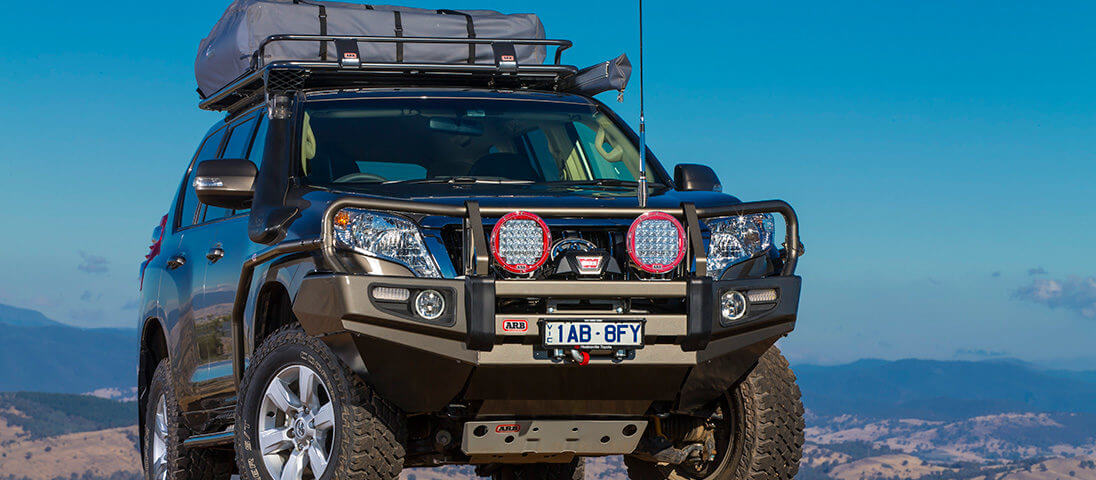Subscribe to ARB
Subscribe to ARB to receive your regular 4x4 CULTURE magazine, exclusive ARB promotional news and new product release information.
6th September, 2013

Hi ARB,
I took my standard Prado 120 on a 5500km tag-a-long tour across the Simpson Desert and Flinders Ranges last year and was amazed by its capabilities across such a diverse range of unforgiving terrain. Although the vehicle responded to every challenge, in hindsight, I believe I should have invested in a more robust suspension setup. The requirements of responding to the demands of large sand dunes are in almost total contrast to the continual hammering of corrugated roads. The slow progress over nasty shale tracks on the closed gate Skytrek expedition in SA provided different demands again. How do you design an aftermarket suspension system to competently cater for such a wide variety of conditions, and yet be good enough to drive around town? And also, how important is it to increase the height of the vehicle, as this makes entry into city car parks difficult?
Regards,
Mark
Dear Mark,
By your comments it is obvious you became very aware that the combination of harsh Outback road conditions and the additional weight you need to carry for a safe and comfortable trip really does test the modern 4WD suspension system, and while your Prado’s original suspension did the job, it would have been at its design limits.
The modern 4WD’s OE suspension is much more passenger car-like than its predecessors, because statistically the majority of its life will be spent as an everyday family car running around on suburban sealed roads. Old Man Emu invests in three full time 4×4 suspension engineers and spends months developing and testing a range of springs and shock absorbers. Our development work is done over various road conditions and weights from no load up to the maximum carrying capacity (GVM). This process reveals to us what range of springs we need and also allows us to fine tune our range of shock absorbers to match the spring range.
It is the shock absorber valving work that takes up the majority of our development time and is the most influential factor in determining how the overall suspension system will ride and handle in both city and Outback conditions. The important thing our engineers work on is getting the valving right for the various valving stages that a shock absorber works in. In the case of your Prado 120 we offer three front and rear coils and two different front and rear shock absorbers. I would recommend a visit to one of our outlets so our sales staff can assist you with selecting the right OME suspension system for your requirements.
In answer to your question on increased ride height, most owners see it as a way to help protect their vehicle from sill damage, improve approach and departure angles and to allow the fitment of taller diameter tyres. With your Prado we have a recommended front lift of 25mm. This amount of lift allows the front shock absorber to stay within the correct operating areas of its stroke and to permit manufacturer’s advised front end alignment figures to be achieved. The suggested rear lift is 40mm which should not give you any concern about entering car parks.
I hope you are planning more trips into our great Outback and this explanation will see you doing them on an OME suspension system.
Syd Groves
(Old Man Emu Product Manager)
Subscribe to ARB to receive your regular 4x4 CULTURE magazine, exclusive ARB promotional news and new product release information.